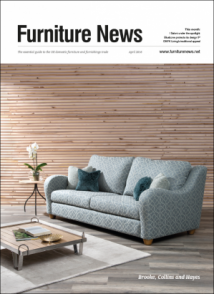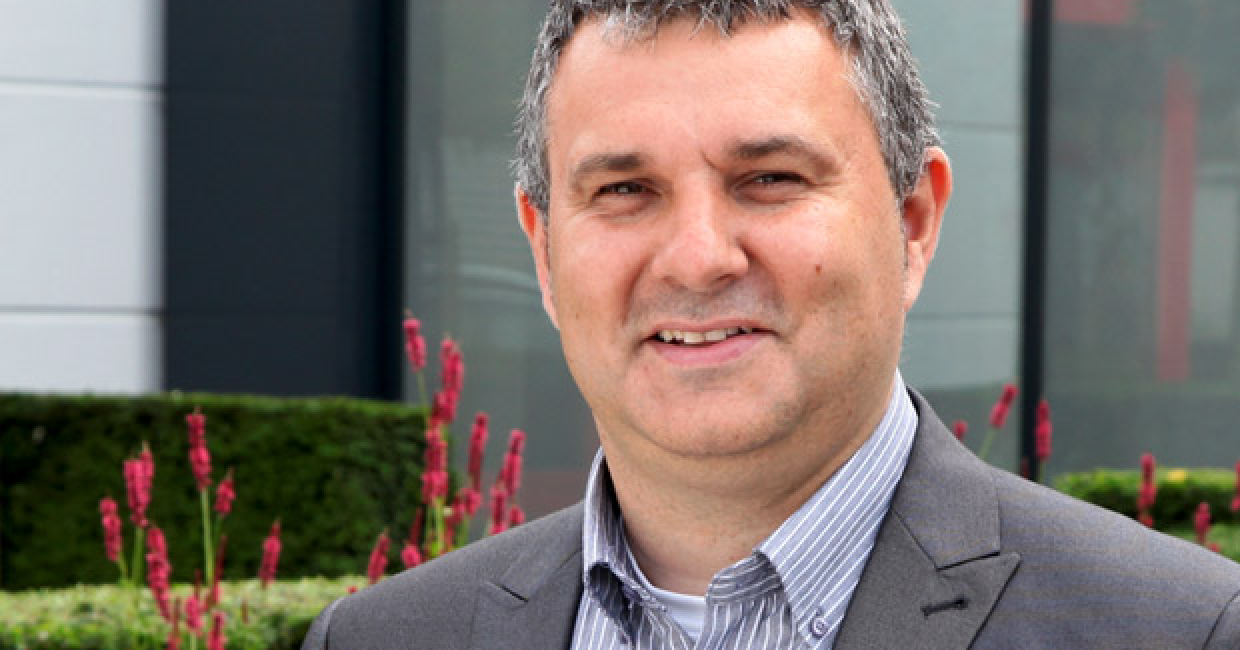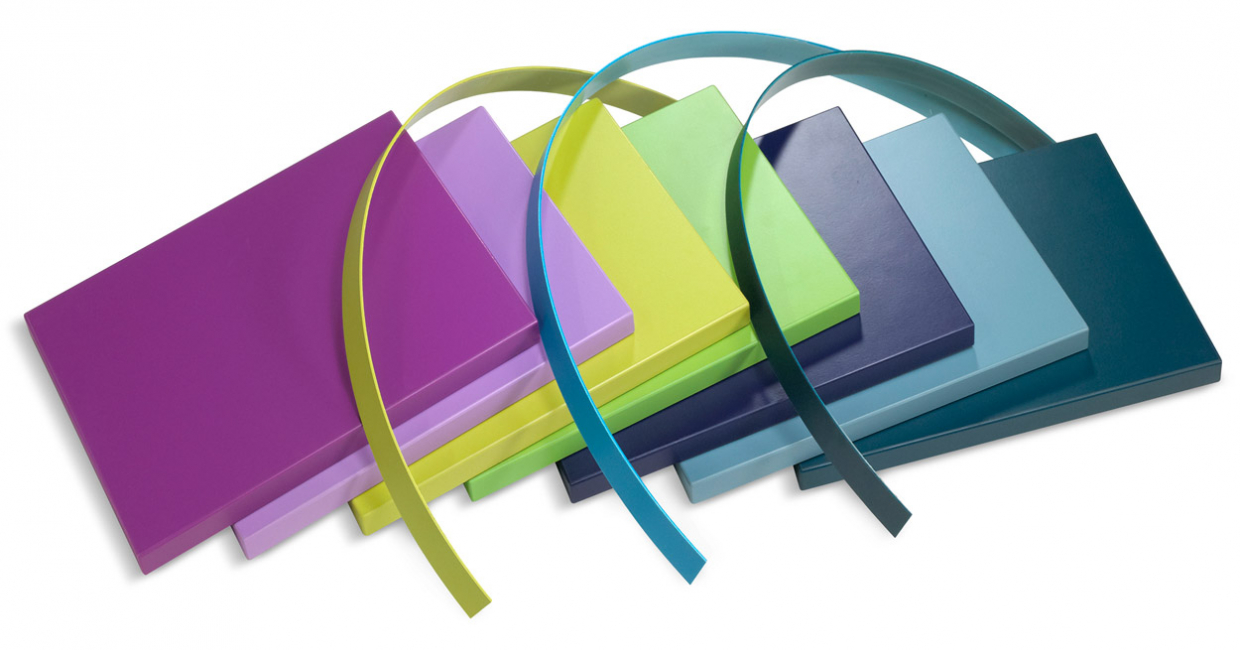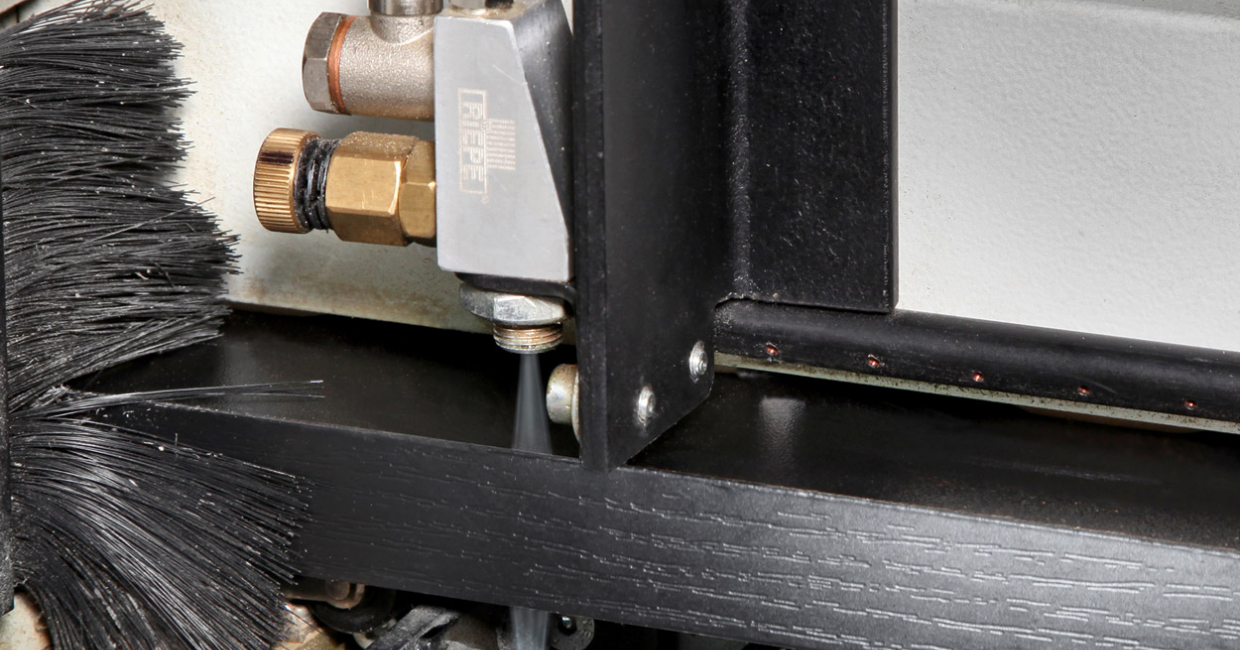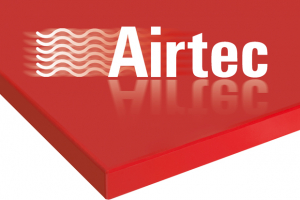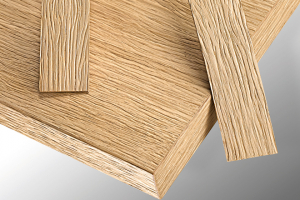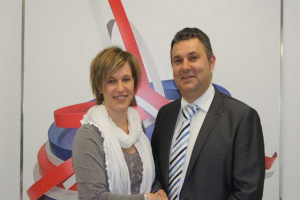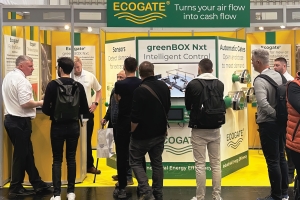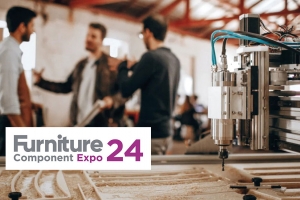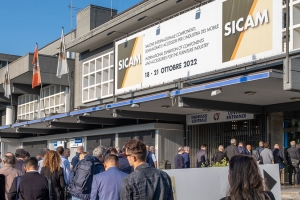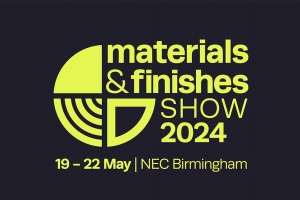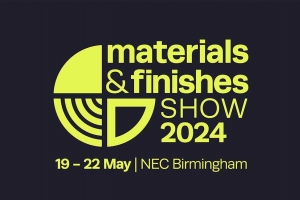The edging specialist Ostermann has offered, since the beginning, Airtec edging – so the company also has experts who can answer basic questions about the new hot air technology. Stephen Parsons, managing director of Ostermann UK provides some insight to the most frequently-asked questions:
What exactly is the Ostermann Airtec edging?
For the Airtec edging almost all Ostermann’s plastic, melamine and solid wood edgings in dimensions up to 60mm can be treated with a specially prepared Airtec functional layer. This functional layer can only be activated using the new hot air technology.
It is technically matched to the specific parameters of the modern hot air units. The specially developed functional layer is based on poly-olefin, but, unlike coated edging for processing with laser units, the Airtec functional layer does not contain absorbent particles, which are necessary for activation by means of laser.
What are the advantages of Airtec edging?
The Airtec functional layer is based on the plastic poly-olefin. The polymer influences the adhesive properties such as a higher heat resistance and water resistance. The hardened functional layer is less sensitive to dirt than, for instance, compounds based on EVA. For this reason it is also referred to as an optical zero joint.
Are there differences in the new hot air units?
The machinery manufacturers offer different hot air units for different feed rates and different edging widths – ie for a 45mm wide edging or even for a 60mm wide edging – customers need a more powerful unit and the same is true for higher feed rates.
Interested potential customers for the purchase of a hot air unit must decide which feed speed and the width of edging they wish to use first.
Then the question arises whether an existing machine should/can be upgraded, or whether a new acquisition is the best solution.
Retrofitting is only useful from our point of view, if the existing machine has a premilling unit. When these questions have been answered in principle, the next step is a consultation with a machinery dealer that offers the appropriate hot air units.
How are the parameters set for a new unit?
Ostermann has chosen to add a functional layer to existing edgings to create the Airtec edging. This has the advantage that Ostermann Airtec edgings are available in every colour, in each different material (plastic, melamine, real wood) and in widths from 16-60mm, even in small batch sizes of from 1 roll.
For Airtec edging, we can say basically, that the energy required to reactivate is dependent on both the colour of the functional layer as well as the thickness and width of the edging.
With a 1mm thick ABS edging, you need less energy than with a 2mm thick ABS edging. Lighter colours require more energy than dark colours. The exact parameters vary but also by machine manufacturer.
Ostermann has, for some time offered an Airtec starter kit. What exactly is meant by this?
With the Airtec starter kit, Ostermann offers a very special service: an essential component being the personal on-site service. To enable the customer to commission the new hot air machine they will receive sufficient amounts of different original Airtec edgings. The Ostermann technical sales managers will help set the machine using the free Ostermann Airtec edgings.
Does Ostermann provide coated or co-extruded edgings?
Ostermann currently offers no co-extruded edgings, because variety, flexibility and speed are required. With our special service (coating of edgings in ABS, melamine and real wood within five working days and from one roll), we can supply the trade the perfect product for their needs.
What we can say about co-extruded edgings is that the processing parameters can vary from machine to machine as well as from edge to edge with the new hot air technology.
In addition, we see clear advantages with Airtec edgings when it comes to energy consumption. From our test at customers’ sites, we can say that co-extruded edgings generally require a higher processing temperature and so have a greater energy demand during processing.
Do you have to integrate the control of the hot air unit into the control panel?
If you want to work with the new hot air units, one must know that in general the temperature at the nozzle and the temperature of the hot air reservoir must be programmed via a controller. When retrofitted to existing edgebanding units, it is possible to install the control on the hot air unit or to integrate them into the control panel.
An integrated solution can be accordingly complex. Whether the control is in the hot air unit, or is part of the control panel, in the view of the Ostermann experts, it does not affect the quality of the workpiece. If the unit is controlled centrally via the control panel, the setting is not directly on the unit and it saves time and thus slightly reduced processing costs for ease of use.
Since not every unit control can be integrated into the control panel, you should here personally weigh the costs and benefits for youself. Based on our experience we can say that a control on the unit is sufficient.
Is there stringing, as in the processing of EVA adhesives?
Our experience has shown that our functional layer based on poly-olefin smears significantly less, than eg conventional EVA adhesive. Basically, we must emphasise that any release of the coating material in the form of a small bead is first necessary and important as it seals the transition between the edging and the panel during curing. To ensure a clean milling of the excess coating material, however, the coating material must be cooled sufficiently before milling. We have had good experiences with corresponding coolant agents here.
Can I change from one edging to another without changing the temperature settings?
With a change in the edging width or thickness and/or a change to one of the different colours of the functional layer, in most cases, the processing parameters will need to be changed. However, this is done very quickly using the control unit. Our advice is here – first always process the edgings that require less energy, because it is faster and more economical to gradually increase the temperature.
What questions should you ask if you are thinking about purchasing a new hot air system?
• What speed do I need the machine to run at now and in the future?
• What width and thickness of edging do I want to use now and in the future?
• Do I want to use a large variety of edgings?
• Do I need to be able to react and produce quickly or can I plan more long term to produce in batches?

